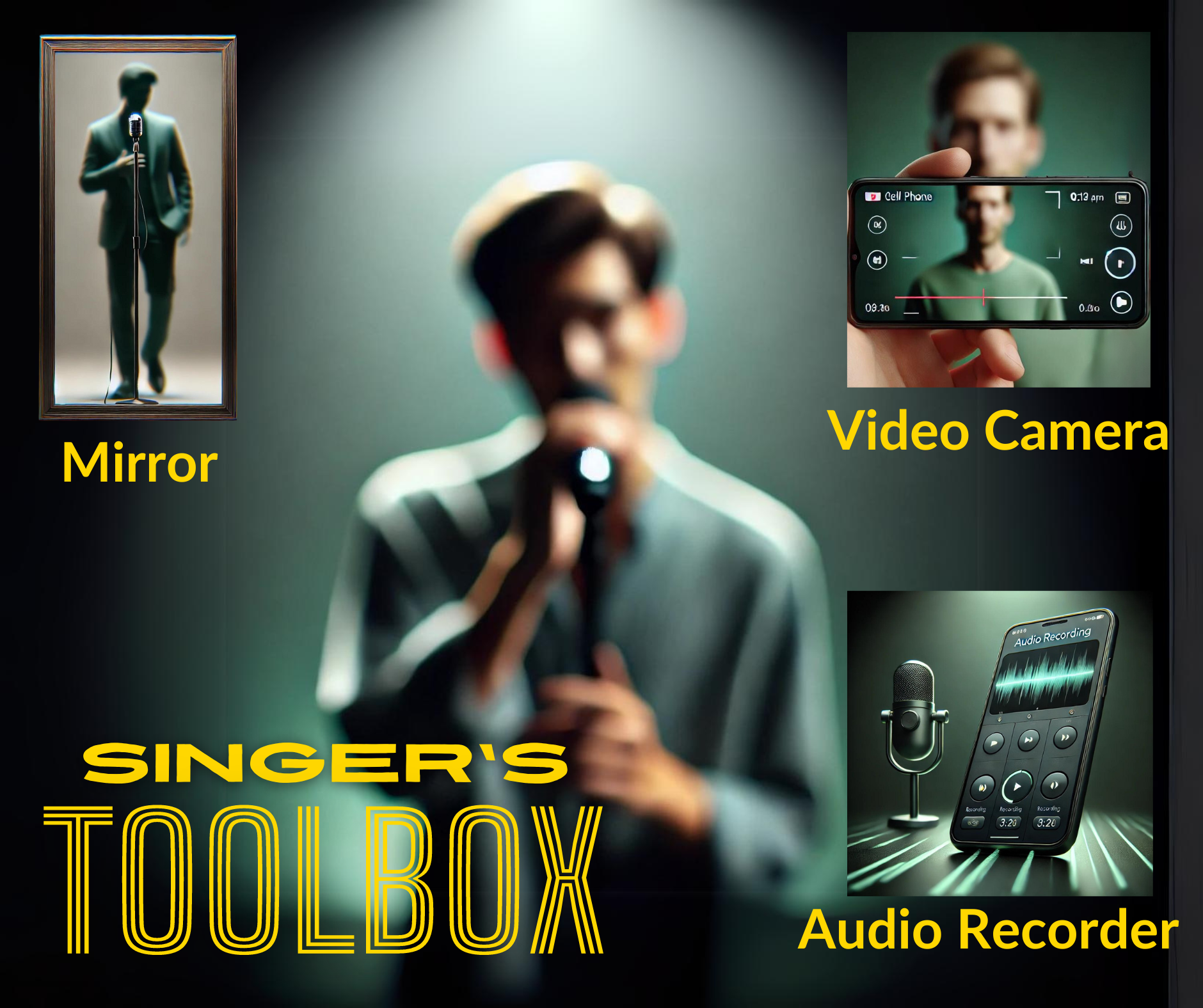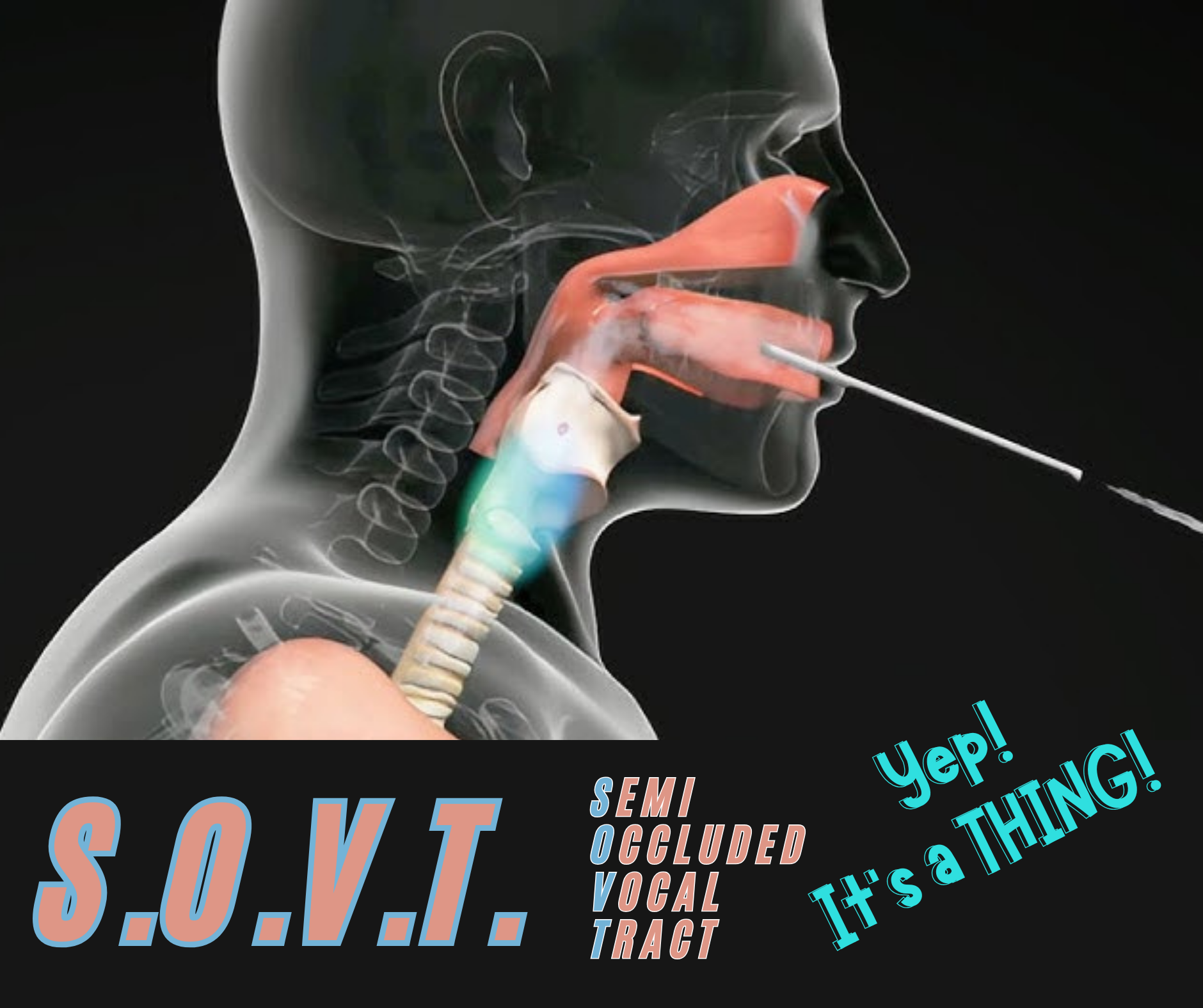Maximizing Your Vocal Practice: 3 Powerful Tools for Accelerated Progress
When it comes to improving your singing, one simple truth stands out: consistent, focused practice is key to achieving rapid growth. But what if I told you that you could significantly accelerate your vocal development using just three tools, most of which you already own?
At Ted’s Voice Academy, I believe in practical, effective methods that don’t require expensive equipment to achieve incredible results. In this post, I’ll explore three inexpensive yet highly effective tools that will help you improve your vocal technique, stage presence, and overall performance: a mirror, an audio recorder (your phone!), and a video recorder (also your phone!). Each tool serves a unique purpose, giving you the feedback necessary to take your singing to the next level.
1. The Power of the Mirror: Real-Time Feedback on Expression, Alignment, and Tone Shaping
Singing is not just about producing beautiful sound; it’s also about visual presentation. Audiences respond to what they see just as much as what they hear. When you practice in front of a mirror, you gain immediate feedback on your facial expressions, body language, alignment, and how your voice is physically shaping tone.
- Facial Expressions and Tone Shaping: While facial expressiveness is key to conveying emotion, it must also be independent of vocal production. You don’t want tension in your jaw, forehead, or lips affecting your tone. Use the mirror to watch how your face moves and ensure that tension doesn’t creep in as you shape vowels and consonants. Pay attention to how the movement of your lips, jaw, and tongue contribute to shaping the sound, while making sure that expressiveness is fluid and natural.
- Posture and Body Tension: The mirror is an excellent tool to help you notice and correct any physical tension that could interfere with your singing. From slouched shoulders to a stiff neck, these postural issues can affect breath control and vocal resonance. Regularly checking your posture in the mirror will help you maintain a balanced, tension-free stance for optimal singing.
- Jaw and Shoulder Tension: Tension in the jaw or shoulders can restrict airflow, compromising vocal tone and stamina. Use the mirror to observe any tightness in these areas and practice releasing that tension while singing. A relaxed body leads to better vocal freedom.
2. The Audio Recorder: Your Tool for Objective Vocal Feedback
We all know how strange it can be to hear our own voice played back to us, but recording yourself is a critical part of vocal improvement. Your audio recorder (even your smartphone’s voice memo app) offers objective feedback that you can’t always get while you’re singing.
- Track Your Progress: Record a piece of music today and then record it again after two weeks of practice. The difference will be undeniable. This is a great way to motivate yourself by tracking tangible improvement in pitch accuracy, tone, and phrasing.
- Hear What the Audience Hears: Sometimes what you feel as a singer doesn’t match what the audience hears. Listening to yourself helps bridge that gap. By objectively evaluating your recordings, you can pinpoint areas that need improvement, such as diction clarity or vowel placement.
Avoid Judging Yourself: Focus on What Happens
One of the biggest hurdles when listening to recordings of ourselves is the tendency to judge them as “good” or “bad.” This mindset can stifle growth, making you overly critical and missing the nuances of what’s actually happening with your voice.
Instead of focusing on whether a performance was perfect or flawed, approach it with curiosity. Ask yourself:
- “When I do this, what happens to my sound?”
- “What effect does this technique have on my tone or resonance?”
- “How does my body alignment or facial movement influence the sound?”
This reflective approach is particularly helpful when reviewing recordings from lessons. When your instructor gives guidance, you can listen back later with fresh ears and a clearer understanding. You’ll be able to more accurately hear how specific changes (like altering your breath support or relaxing your jaw) impacted your sound and reinforce the instruction given during the lesson. This objective, exploratory listening helps you internalize feedback and apply it more effectively in future practice.
3. The Video Recorder: Analyze Your Entire Performance, Tone Shaping, and Vocal Impact
A video recorder takes things a step further by letting you see your performance from the audience’s perspective. Performance is a visual art, and recording yourself on video helps you hone your stage presence, body language, and overall energy. It also reveals how your voice shapes tone through subtle physical movements, and whether your facial expressions are enhancing or interfering with your vocal production.
- Stage Presence and Movement: Does your body move in a way that complements the music? Are you engaging with the “audience” in your practice? Use video recordings to analyze whether your gestures, movements, and facial expressions align with the emotional content of the song.
- Body Alignment, Jaw, and Shoulder Tension: Video allows you to assess your posture, stance, and gestures over the course of a full performance. Are you stiff? Do you convey confidence through your body? This tool is essential for catching habits like shoulder tension, jaw stiffness, or postural misalignment that can interfere with vocal tone and resonance.
- Facial Expressions and Tone: Watching your facial expressions on video allows you to assess whether they are free from tension and if they add to or detract from your performance. Facial expressions must be lively and engaging, but they should never impede your vocal production. Video will help you find the right balance between expressiveness and a relaxed, aligned face for the best vocal output.
Bringing It All Together: A Vocal Coach’s Perspective
At Ted’s Voice Academy, I emphasize the importance of these tools in every lesson. As your vocal coach, I encourage you to use a mirror during lessons to monitor your posture, expression, and how your voice shapes tone. I also suggest recording yourself regularly for self-assessment.
When using these tools, remember to step away from the idea of judging your recordings as “good” or “bad.” Instead, focus on what is happening in your voice and body. By taking this approach, especially after listening to lesson recordings, you’ll better understand how your coach’s guidance directly impacts your technique.
Call to Action: If you’re ready to take your singing to the next level, find a vocal coach who prioritizes these tools for your growth. As the sole instructor at Ted’s Voice Academy, I’m here to guide you every step of the way. Book a lesson today and learn how to maximize the power of your mirror, audio, and video recorder to transform your vocal performance.
Final Tips for Your Vocal Practice:
- Mirror Practice: Spend 5-10 minutes observing your facial expressions, posture, and how your face shapes the sound while singing.
- Audio Recording: Record every practice session and listen back to it, not judging, but paying close attention to the effects of your technique on tone, pitch, and breath control.
- Video Recording: At least once a week, video record yourself performing a song. Review the recording, taking notes on your stage presence, body alignment, and whether facial expressions are free from tension while still being expressive.
Start Your Vocal Journey Today
At Ted’s Voice Academy, I believe in empowering singers with the tools they need to succeed. Let’s harness the power of these inexpensive tools and take your singing to new heights!






Leave a Reply